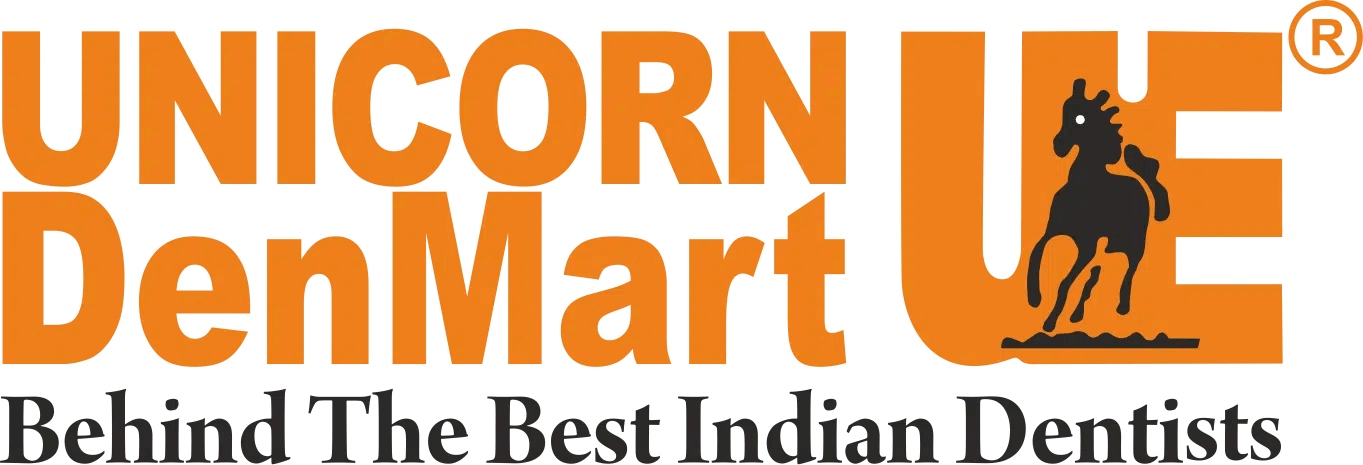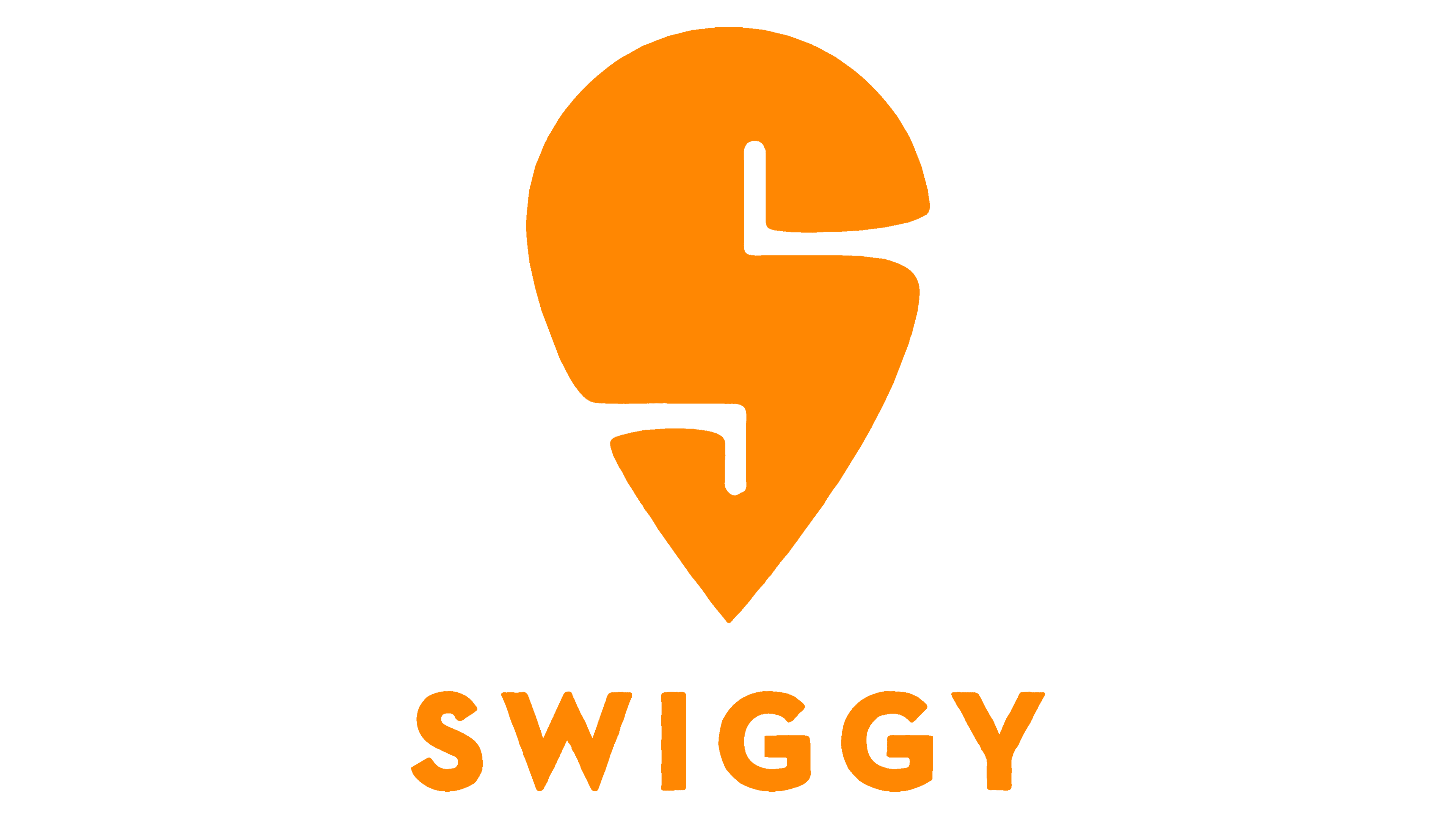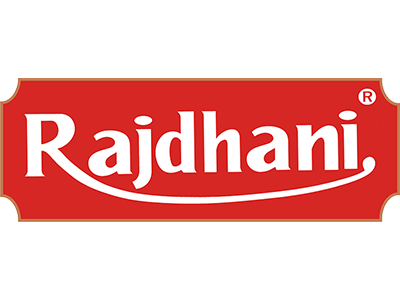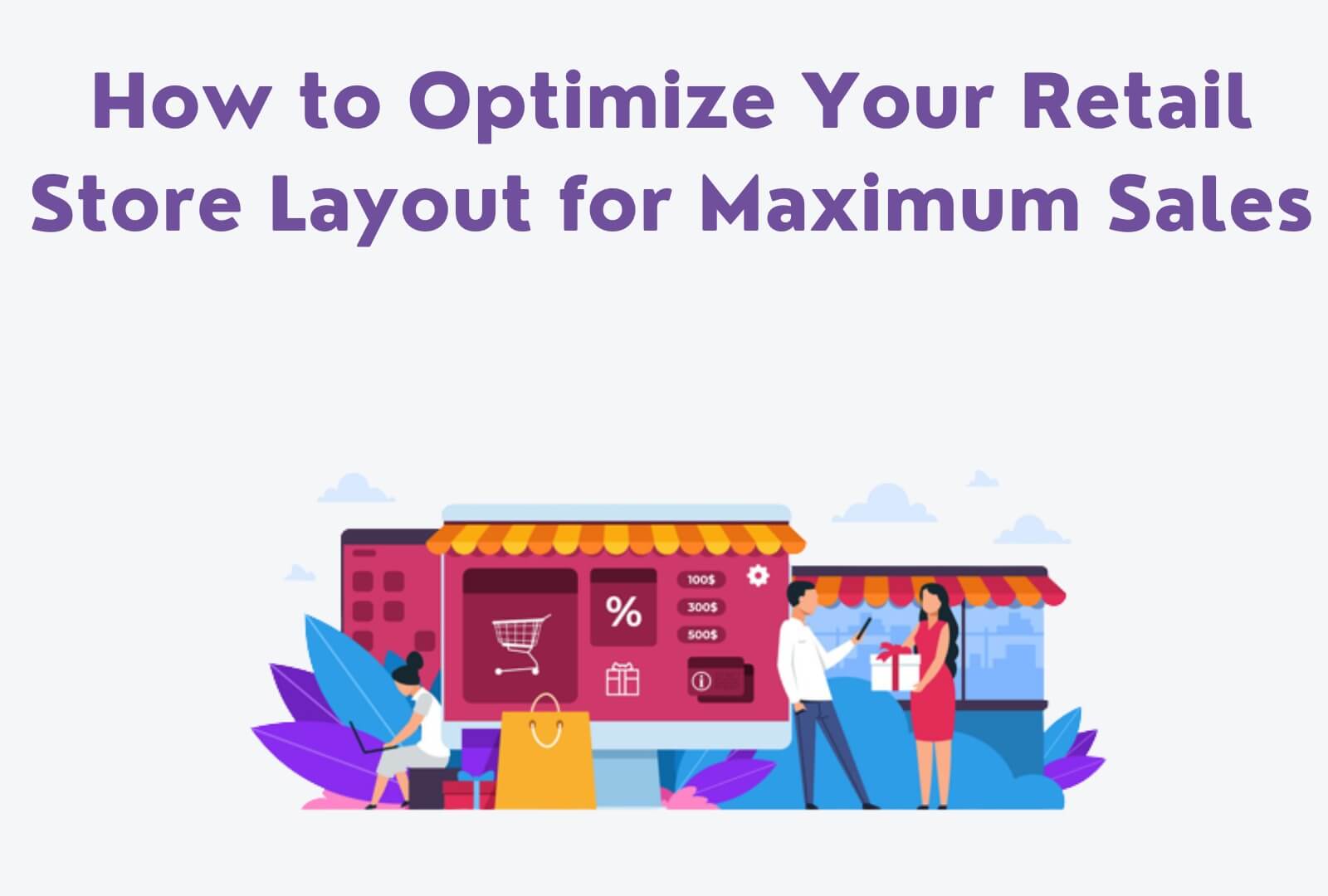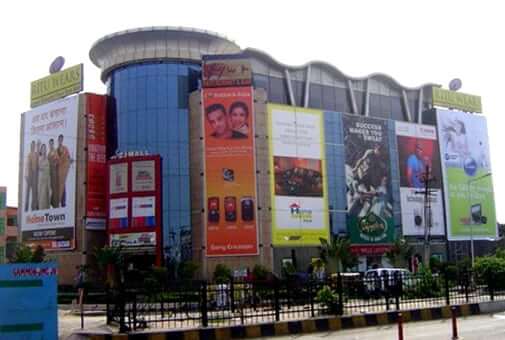Successful Visual Merchandising program transition within a month
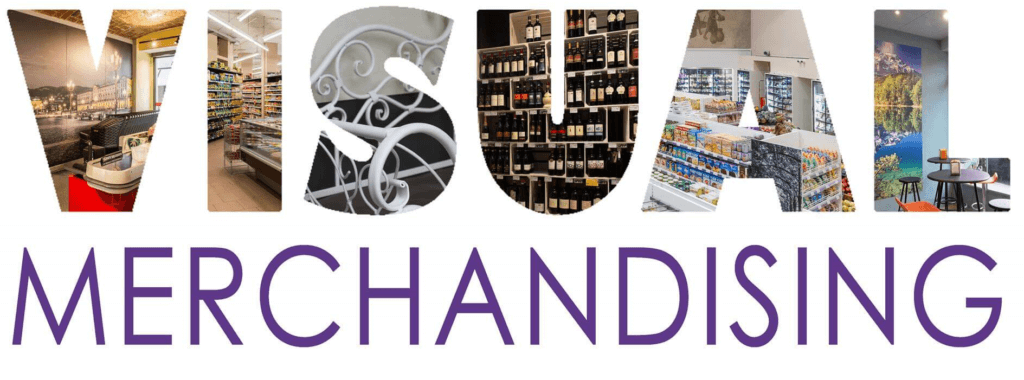
A brand may not be happy with the functionality of a Visual Merchandising (VM) agency after a certain period of time where a change in factors like environment and market dynamics are involved in making this decision.
Change in Visual Merchandising agency may affect the productivity of a business, its execution process, control mechanisms, management of hygiene, disciplines, etc.
There might be a time of stagnancy in the business, when there is no productivity in your business and furthermore, no improvement in the quality of work; you should understand that this is the right time to change the VM agency, for good.
Let me inform you that transition on a large scale is very difficult to manage. Managers insist on improving the situations with the current Visual Merchandising agency to avoid such large-scale transitions because it is very time consuming and becomes extremely difficult to manage.
Management strives to become weak with a direct impact on the decision-making capabilities of the managers if they procrastinate the process for too long.
Although it is not true that a transition on such a big scale is not possible, it surely is. But such an unintended mess can always be avoided, which can result in a smooth, error-free transition between one VM agency to another.

For this particular instance, we are assuming a large scale Visual Merchandising (VM) program which is dependent on the workforce, has different levels of operation and is spread across multiple cities with more than a hundred field-workforce. This situation can be made better by choosing the best VM partner with high experience in managing such large-scale transitions. Having a smooth and error-free transition is a blessing, and it can be done with the help of a transition plan. A transition plan consists of ethical ways that process the transition efficiently within a period of just 30 days.
Steps involved in transition plan:
There are a total of eight steps involved in this transition plan:
1. SIGNING THE CONTRACT AND INITIATING PROCESS:
This is the first and foremost step in the process and it consists of signing a bond or contract with the new VM agency. This contract includes all laws that are to be followed and all terms and conditions to be accepted by both the parties. The contract signing stage can also include first purchase order papers that are to be signed by both- the brand and the VM agency.
2. HIRING OF FIELD EMPLOYEES:
In such a high scale VM program transition, it is not possible to hire all the field employees at once. It is a slow process, and in such a situation, essential locations and cities have to be segregated and the work has to be enabled there first. In such a scenario, the presently available workforce works in particular cities to kick-start the transition process. The first 20 days of the transition program are given primarily to the hiring of the workforce for fieldwork through the process of sourcing, interviewing, and selection. This step is significant for outstation towns that quickly starts the transition procedure.
3. NOTICE TO NON-TRANSITIONED WORKERS:
There must be few employees who are not transitioned due to reasons like poor performance, issues with location change or they have a better opportunity in some other job. So, in such a case, a notice has to be shared with all the existing field workforce employees regarding the addition and subtraction of employees. This is according to the contract which is signed.
4. COMPLETING THE PAPERWORK AND BEGINNING OF TRAINING:
As soon as the hiring process finishes, documentation of the hired employees and their training begins. The training venues are to be decided beforehand by the agency and training and documentation are done side by side with major emphasis on priority-one towns, followed by other cities. This task has to be completed within 20 to 27 days which comprises of two day’s field training and two day’s in-class teaching.
5. TOOLS PROCUREMENT AND DISPATCH:
The sales team and the field employees cannot go to training with bare hands; they need equipment and kit, which consists of POSM materials that are to be deployed in the market. There ought to be proper planning when it comes to procurement and delivery of toolkits to the desired VM locations before or at the time of field training.
6. ASSET ASSESSMENT:
Each employee is provided with the company’s assets at the initial point of the project. Each asset should be recovered from employees before the transition process so that it can be returned to them afterward with the new policies and guidelines of the new VM agency. This process usually starts after the training process is over. A smooth transition would be the one in which the collection and redistribution of assets are planned and done in the span of a single day.
7. FINALIZING VENDORS:
By the 25th day of the transition process, the company should be finalizing the vendors from different cities that are required for the VM program. There are different types of vendors like tool vendors, printing vendors, storage vendors, etc. This task is very time consuming and should start as soon as possible.
8. DATA MANAGEMENT:
The data transition process should be compiled and organized before the start of the execution process of the VM program. This data is very crucial for the program as it is the driving force of the entire process. There should be a mixed bag of the workforce in the field- a mix of both new employees and old employees. This will help blend experience and new ideas together to carry out a task which is always beneficial for end results.
CONCLUSION:
The above mentioned eight steps tell us about a smooth way of processing a heavy-duty transition process in just a month’s time which is excellent and challenging at the same time. Visual Merchandising is a professional job that involves the display of merchandise and décor inside the store in such a manner that it attracts customers and grabs their attention so that they visit the store more frequently and hopefully buy their products. VM programs include ways in which décor, furniture, signage, inside out spacing, etc. are organized which eventually elicit the customers to come, have a look, and purchase the products. There are Visual Merchandising (VM) training programs that are available at the certificate level and degree level. According to research, a good VM program can increase a brand’s profit by 70%.
Trusted by 500+ Clients
Get in Touch
We are here for you, and we are wearing our thinking caps




